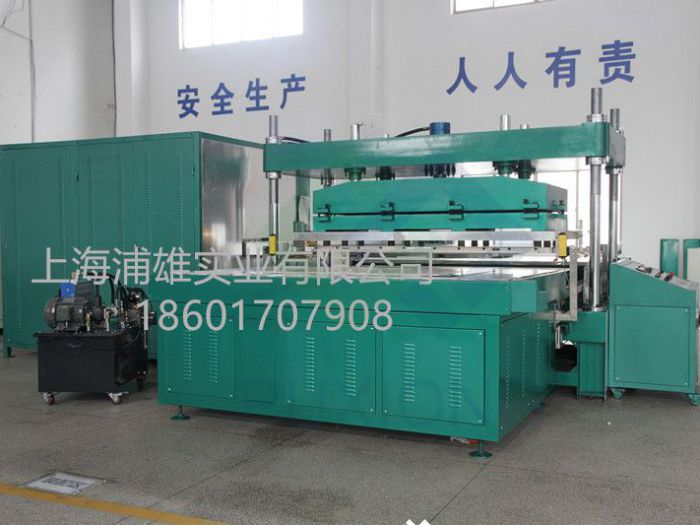Material and thermal bonding process of anti-gas suit
Basic Protective Layer
Polyethylene/Polypropylene Non-Woven Fabric: Serves as the inner or outer layer, offering excellent breathability, corrosion resistance, and moisture resistance, effectively blocking fine particles.
Spunlace Fabric (Polyester Fiber + Cellulose): Soft texture; after anti-static and antibacterial treatment, enhances liquid splash resistance.
Core Filtration Layer
Activated Carbon Fiber Fabric: Filters toxic gases and vapors (e.g., chlorine, hydrogen sulfide) via physical adsorption and chemical decomposition.
Meltblown Fabric (SMS/SMMS Structure): Features fine, fluffy fibers with high filtration efficiency but low strength; often combined with spunbond fabric to improve abrasion resistance.
Outer Chemical Barrier
Chlorinated Butyl Rubber-Coated Fabric: Provides superior protection against persistent agents (e.g., mustard gas, VX), with cold resistance, aging resistance, and decontamination capabilities.
Polytetrafluoroethylene (PTFE) Composite Membrane: Highly hydrophobic, waterproof, and moisture-permeable; used in high-level protective suits.
Thermal Bonding Production Process
The thermal bonding process for protective suits ensures airtightness, structural integrity, and functionality. Key steps include:
Sheet Bonding
- Thermal Bonding: High-frequency thermal bonding machines (27.12 MHz) enable rapid sealing of sheet materials.
- Respiratory Valve Integration: Ultrasonic welding connects valves to the suit body, ensuring airtightness while maintaining airflow.
Post-Processing and Testing
- Bonding Quality Inspection: Infrared thermography detects seam uniformity to avoid localized overheating and material embrittlement.
- Performance Testing: Complies with GB 24540-2020 standards, including hydrostatic resistance (≥1.67 kPa), moisture permeability (≥2500 g/m²·24h), and toxic agent penetration resistance (≥8h).
Typical Applications and Process Matching
| Scenario | Material Combination | Key Bonding Process |
|---|---|---|
| Chemical Agent Exposure | Butyl rubber-coated fabric + activated carbon | High-temperature/pressure bonding (150°C/0.5 MPa) |
| Biohazard Rescue | PTFE membrane + SMS composite fabric | Laser alignment + ultrasonic edge sealing |
| Industrial Protection | Polyester spunlace + PP spunbond | Automated bonding + respiratory valve integration |
Future Trends
- Nanoscale Protective Materials: Graphene/carbon nanotube coatings to enhance nerve agent decomposition.
- AI-Driven Bonding Monitoring: AI vision systems and pressure sensors for real-time quality control.
- Biodegradable Materials: PLA-based thermal bonding for eco-friendly disposal post-emergency use.
Design Philosophy
Protective suits balance material performance, process precision, and operational needs. Cross-disciplinary innovation (materials science, thermal engineering, ergonomics) continues to optimize these life-saving barriers.



